Sometimes, you have to take a leap of faith and trust the path will develop.
This idea holds especially true for anyone planning a big move.
Moving without a job may sound risky, but it's becoming more common as people seek fresh starts.
According to the U.S. Census Bureau, nearly 7.9 million Americans have relocated across state lines in recent years.
With the recent rise in remote work and flexible job markets, people feel more empowered to chase after their ideal lifestyle.
And if you are asking yourself, is it possible to move without a job or even wise, you are definitely not the only one
Many people question if the financial risks are worth it or if they can realistically handle the challenges of setting up in a completely new state without a paycheck.
And, honestly, it does require some courage and preparation.
For instance, the average cost of moving to a new state in the U.S. is around $4,890 for a 1,000-mile distance.
And if you are hiring professional movers, it can add up fast.
The good news is thousands of people have made this move and landed on their feet, often jobless.
But here comes the main question: How to Move to Another State Without a Job?
This blog will provide you with essential steps, practical tips and strategies for making your move as smooth as possible.
Assess Your Motivation and Readiness
Before embarking on this journey, it is important to ask yourself why are you moving.
Is it for personal development, a lower cost of living or closer to family?
Identifying what motivated your drive will keep you in the right frame of mind right through to the end.
For instance, the most recent data from the U.S. Census Bureau states that nearly 7.9 million moved between states in the previous year and were confused or uncertain about their motive for moving.
Financial Preparation
Moving without a job necessitates a solid financial foundation.
Here's how to prepare:
Calculate Moving Expenses: This includes transport, temporary accommodation, utility connections, and any other expenses related to moving.
Moving is expensive, so plan accordingly if you are leaving for a new state.
Build a Financial Cushion: Before doing anything else, you ought to save at least 3-6 months of your living expenses.
This provides a cushion while you are searching for employment.
Explore Cost of Living Differences: Research the cost of living in your destination state.
For example, the Consumer Price Index measure of U.S. Bureau of Labor Statistics provides insight into price level differences across regions.
Explore Employment Opportunities
It is a must to know about the employment scenes of your new state.
Explore industries that are highly in demand and identify which sectors are growing in your destination.
For instance, there was a big increase in opportunities for technology and innovation in tech hubs like Austin, Texas.
Use online job boards such as Indeed and LinkedIn to gain information about available positions and required qualifications.
Network virtually by joining industry specific groups on social media, attending webinars, and connecting with professionals in your field.
The benefit is that it could broaden your network, which also increases the likelihood of you finding a job.
Update Your Resume and Online Profiles
Make sure your resume represents the most up-to-date version of you and is relevant to the job market in your new state.
Always highlight transferable skills and experiences that are relevant to potential employers.
Furthermore, update your LinkedIn profile to indicate that you are relocating (so local recruiters can easily find you).
Secure Temporary Housing
Finding accommodation before having a job is always a tough thing to do.
Go for short-term rentals like Airbnb or monthly leases to have some flexibility when settling in.
Corporate housing options offer furnished apartments for short-term stays, which can be useful if you are moving and need a temporary place to be.
You can also share housing with roommates as it can reduce costs and provide companionship in a new city.
According to Apartment List, the median rent for a one-bedroom apartment fluctuates across states, so explore different housing options to manage expenses.
Plan the Move
Organize the logistics of your relocation:
Hire Professional Movers: Look up some reputable moving companies and get quotes.
We offer a detailed guide to moving to a new state, which can be a valuable resource. Click here.
Declutter: Use this time to donate stuff that you do not need; it will help save money while moving.
Pack Strategically: Label boxes clearly and keep essential items at arms’ reach for immediate use upon arrival.
Establish a Local Presence
Once you've moved, immerse yourself in the local community:
Register for a New Driver's License: Each state has specific requirements and timelines for obtaining a new license.
Update Your Address: Notify the postal service, banks, and other institutions of your new address.
Join Local Groups: To build connections and participate in community events, clubs, or volunteer organizations.
Pursue Employment Opportunities
With your groundwork laid, the next step is to actively search for a job.
Attend job fairs because they provide direct access to employers and immediate feedback.
Working through staffing agencies can provide you with temporary jobs that can be profitable and eventually turn into permanent positions.
Remember that remote work opens your possibilities even beyond your industry, as you can do it from anywhere in the world.
According to a report by the National Association of Realtors, 32 out of the 50 states had inbound moving rates higher than 50% in 2023, indicating a dynamic job market in various regions.
Manage Expectations and Staying Resilient
As we all know, getting a job is not quick, which is why being resilient is so very important.
All you can do is be patient, keep the routine, and keep networking.
Utilize this time to learn something new or gain certifications that enhance your employability and become more attractive as a candidate.
According to Indeed, attending job fairs and networking events can help you find potential job openings and connect with people who can assist you in your job search.
Seek Support
Don't hesitate to ask for help.
Friends and family can provide emotional support and may have connections in your new state.
Engage with professional networks, alumni associations, industry groups, or mentors. They can provide you with guidance and possible job opportunities.
Having a network can help ease the transition and provide you with resources in your job search.
How Much Does It Cost To Move To Another State Without a Job?
You are probably thinking about the obvious expenses—like hiring movers and getting a place to stay—but there’s more to consider.
Hiring Movers or Renting a Truck
If you are planning on hiring professional movers, keep in mind that the cost can depend on the distance and the size of your move.
If you use full-service movers, the average cost for a typical interstate move of around 1,000 miles can be approximately $4,890.
This price can jump if you have a lot of heavy furniture or if you are moving during peak season (usually summer).
Alternatively, if you rent a moving truck and handle the move yourself, you'll spend between $1,200 and $2,500 for a cross-country move.
Packing Supplies and Equipment
This is an expense people sometimes overlook, but it adds up fast.
You’ll need moving boxes, bubble wrap, tape, packing paper, and maybe even specialty boxes for items like electronics or fragile items.
If you buy everything new, expect to spend around $100 to $200 on supplies.
| Packing Supplies | Estimated Cost |
|---|---|
| Moving Boxes (20-30) | $50 - $100 |
| Bubble Wrap & Packing Paper | $20 - $50 |
| Tape and Miscellaneous | $20 - $30 |
| Specialty Boxes (TV, Wardrobe) | $30 - $60 |
Temporary Housing
Now, since you’re moving without a job, it’s likely you will want some flexibility in your living situation.
Short-term rentals like Airbnb or month-to-month leases are ideal for this, but they can be more expensive than standard leases.
| Temporary Housing Option | Monthly Cost Estimate |
|---|---|
| Airbnb | $1,500 - $3,000 |
| Month-to-Month Lease | $1,200 - $2,000 |
| Extended-Stay Hotels | $1,800 - $4,000 |
Utility Setup
When you move, you’ll usually need to pay deposits for new utility accounts, including electricity, gas, water, and possibly internet.
| Utility Service | Estimated Deposit |
|---|---|
| Electricity | $100 - $150 |
| Gas | $50 - $100 |
| Water | $50 - $100 |
| Internet | $50 - $100 |
Transportation to Your New State
If you’re flying, that’s a separate ticket cost, but if you're driving, you'll need to account for gas, food, and lodging expenses along the way.
| Transportation Type | Estimated Cost |
|---|---|
| Airfare (One-Way) | $100 - $500+ |
| Gas (Driving) | $200 - $500 |
| Road Trip Lodging (per night) | $100 - $150 |
Food and Daily Essentials
If you're staying in temporary housing with minimal supplies, you'll likely need to buy things like toiletries, cleaning products, and food basics.
Initial grocery costs can range from $100 to $300, depending on your needs.
And if you’re eating out while settling in, add another $10 to $30 per meal.
Total Cost Estimate
If we add up these categories, you will see that moving to a new state without a job requires a significant financial commitment.
Here’s a rough estimate:
| Category | Estimated Total Cost |
|---|---|
| Moving Services (Truck/Movers) | $1,200 - $6,000 |
| Packing Supplies | $100 - $200 |
| Temporary Housing | $1,200 - $3,000 |
| Utility Setup | $300 - $500 |
| Transportation | $200 - $1,000 |
| Food and Essentials | $100 - $300 |
| Emergency Fund | $500 - $1,000 |
| Total Estimated Cost | $3,600 - $12,000 |




















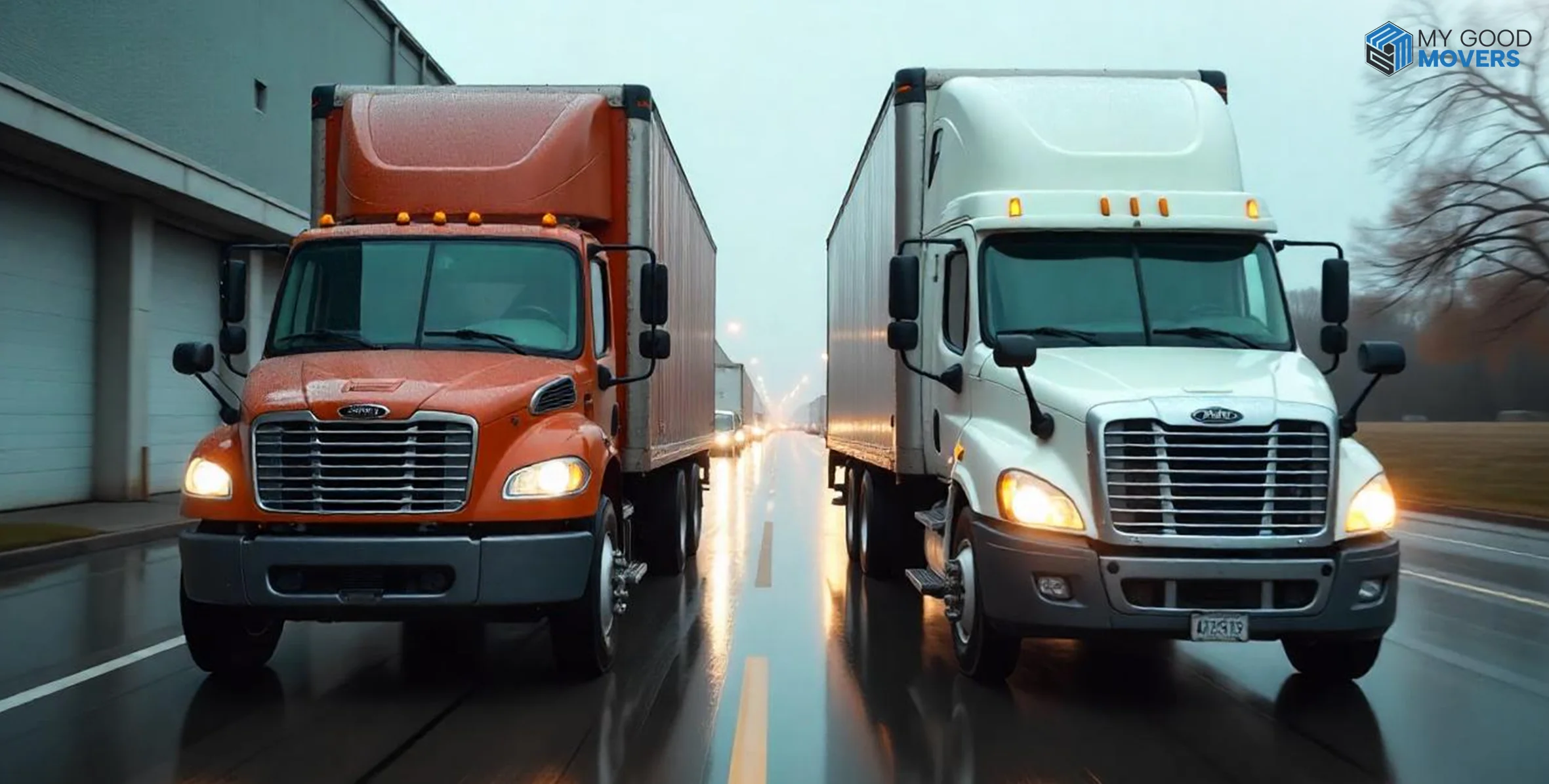








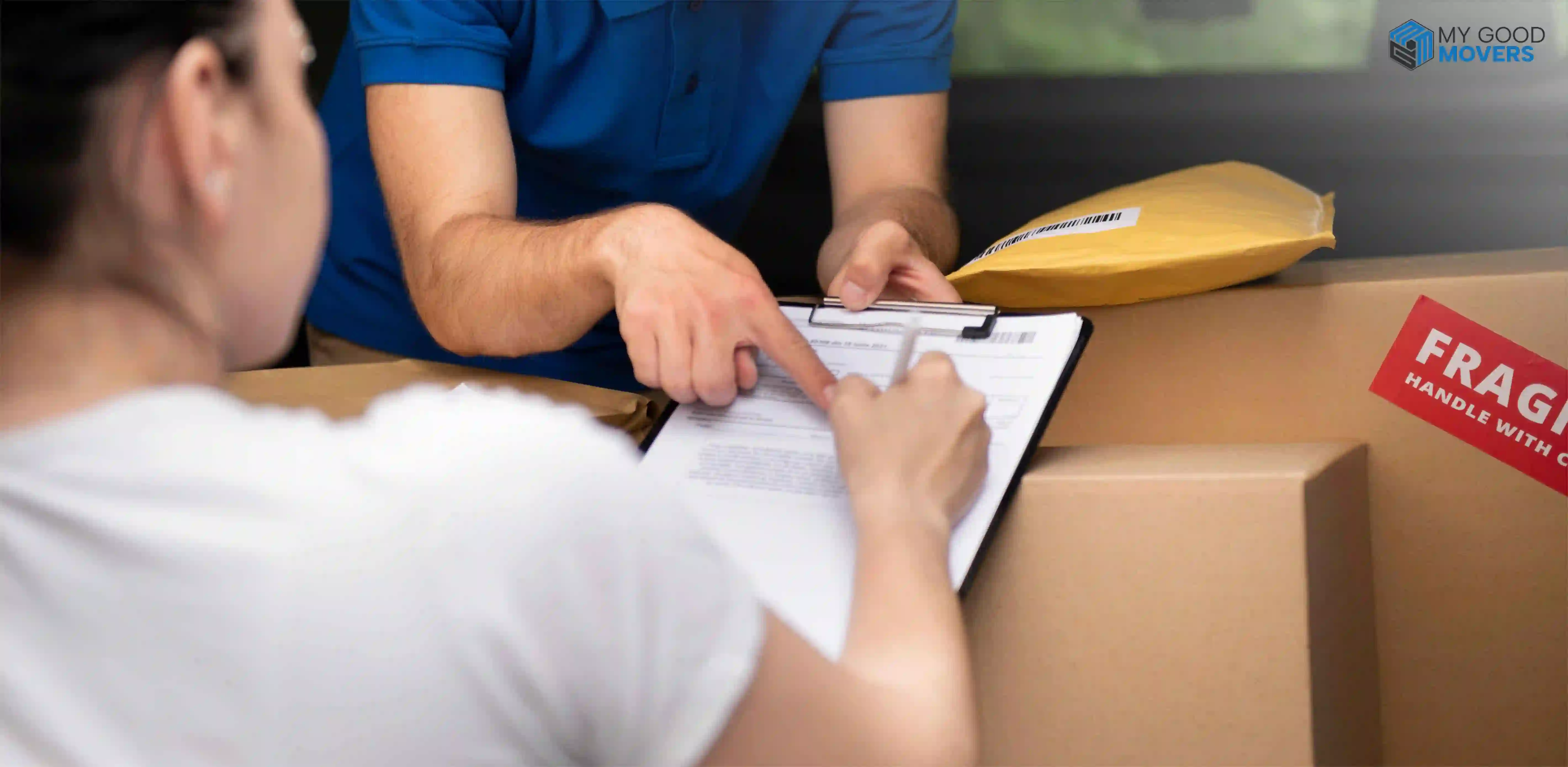






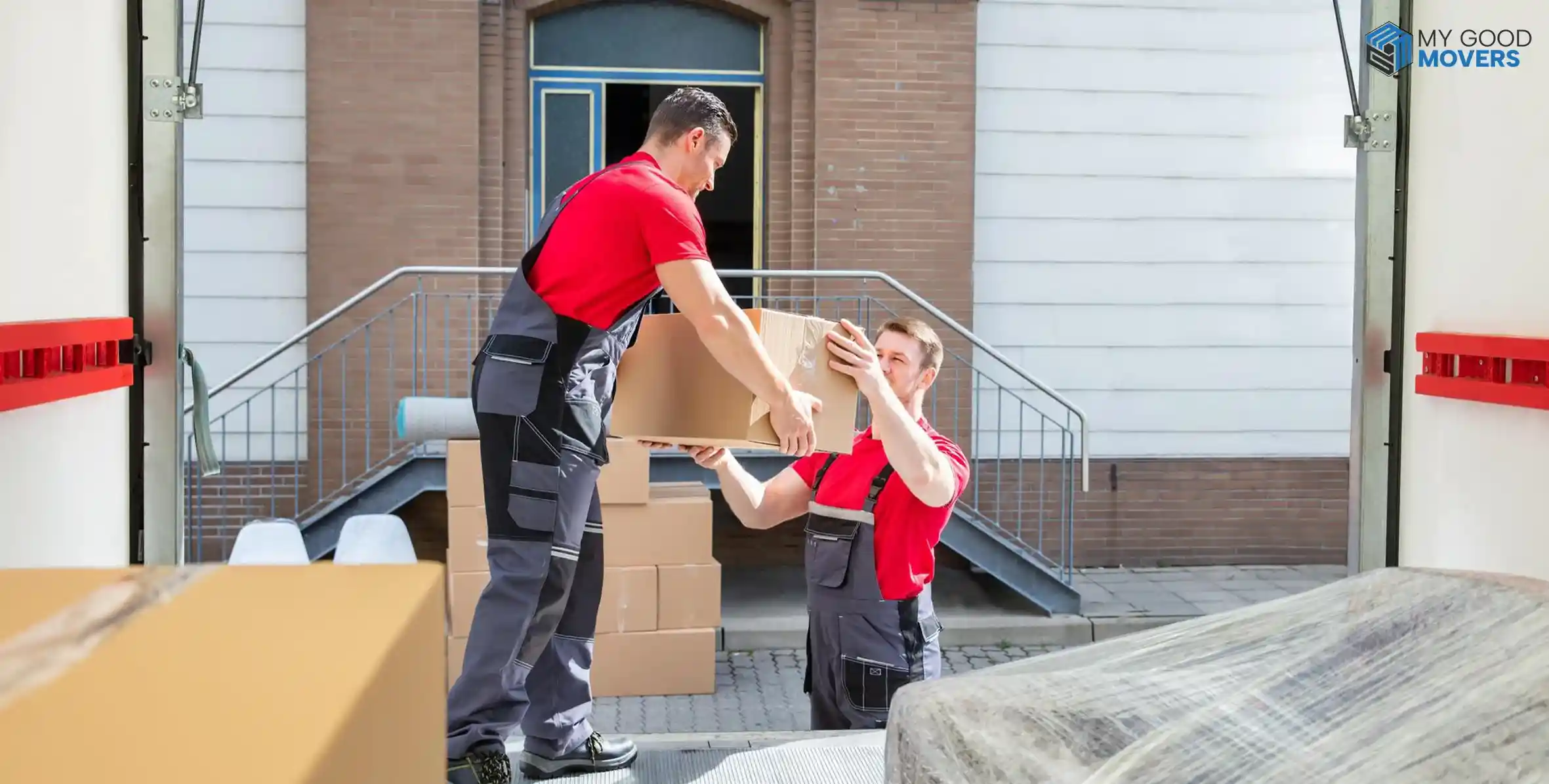




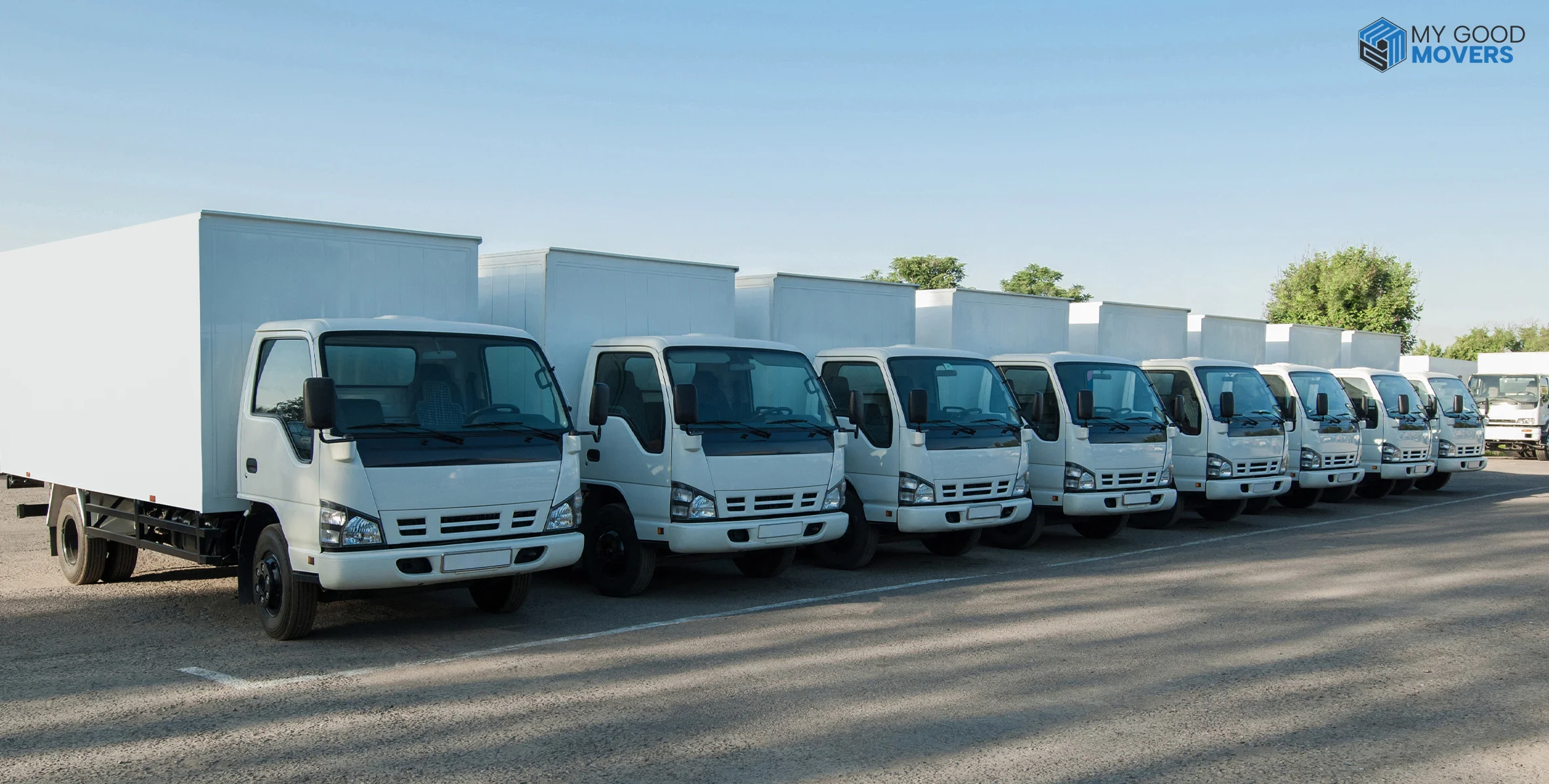


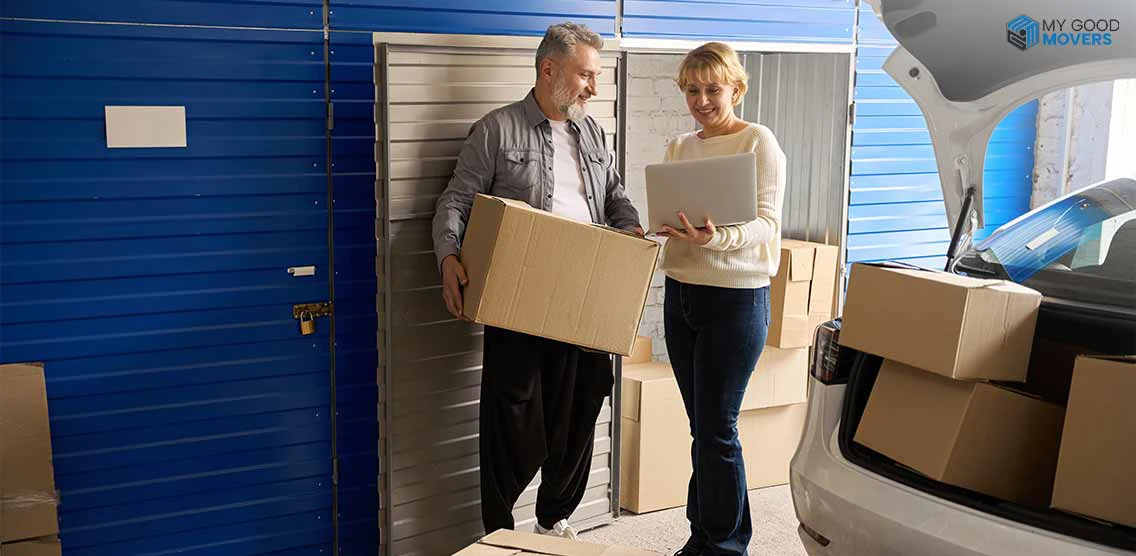










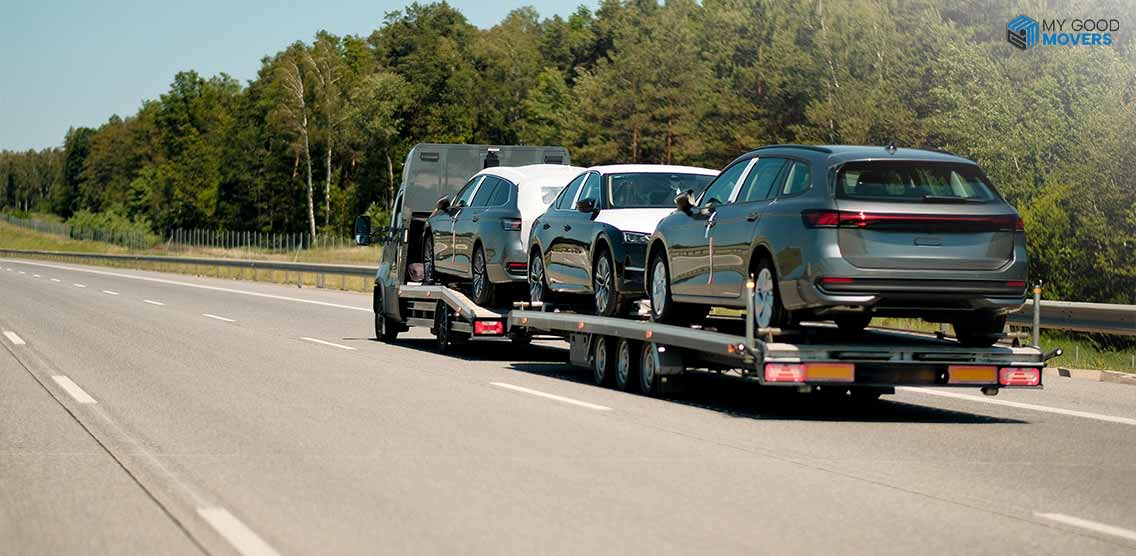
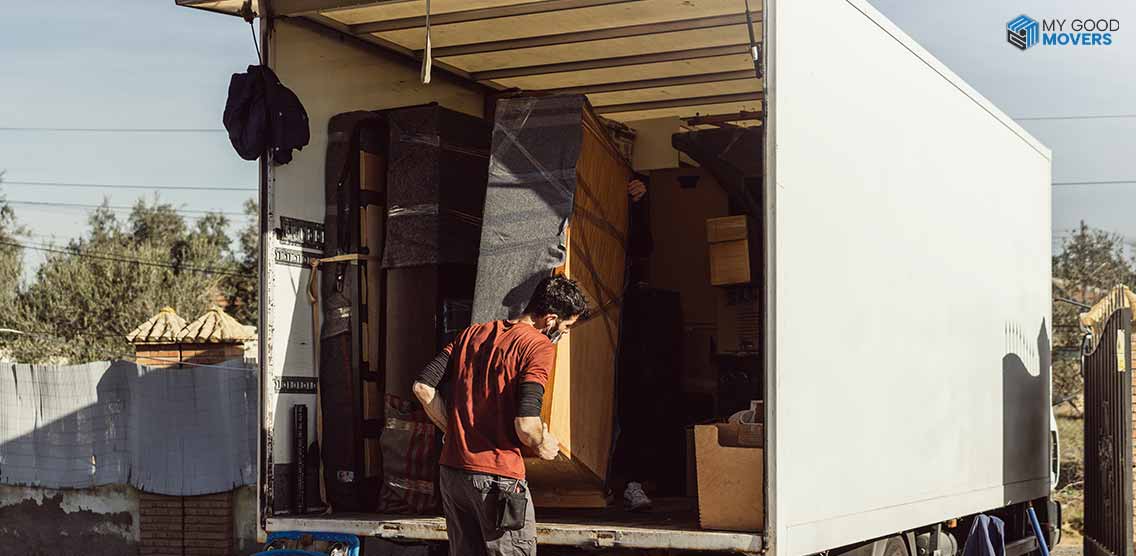
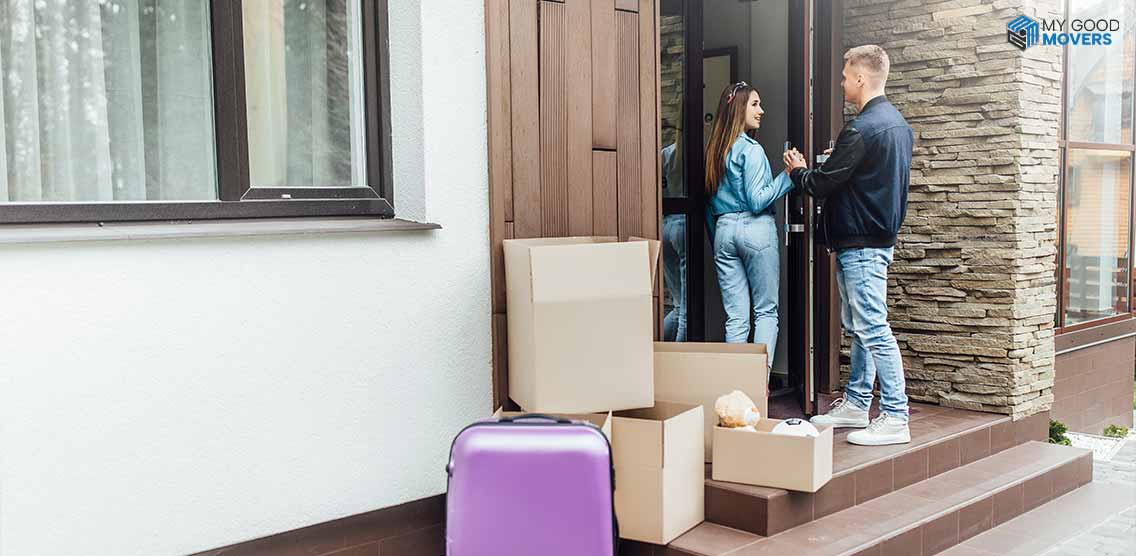


















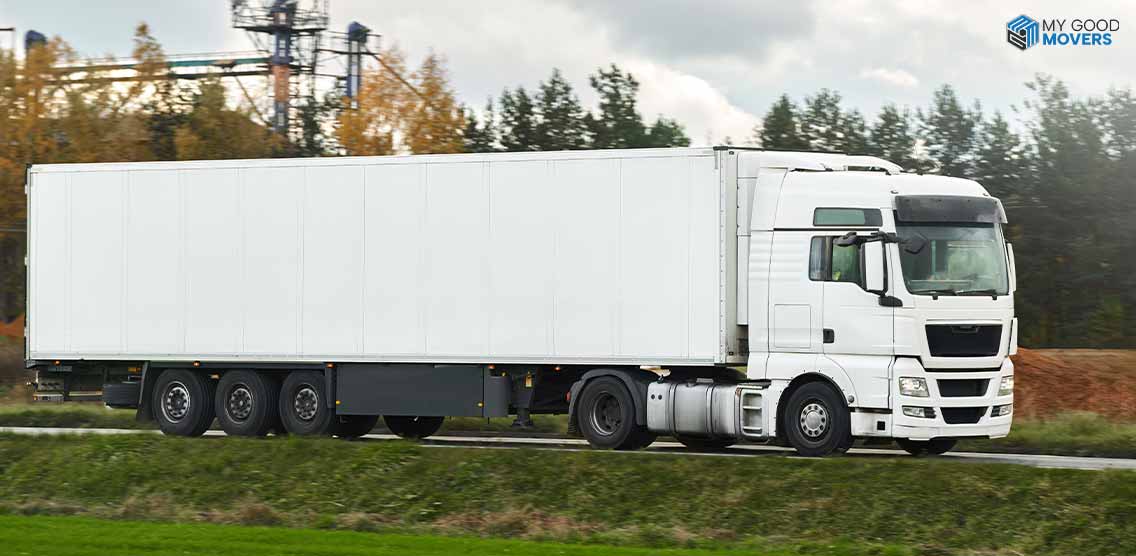





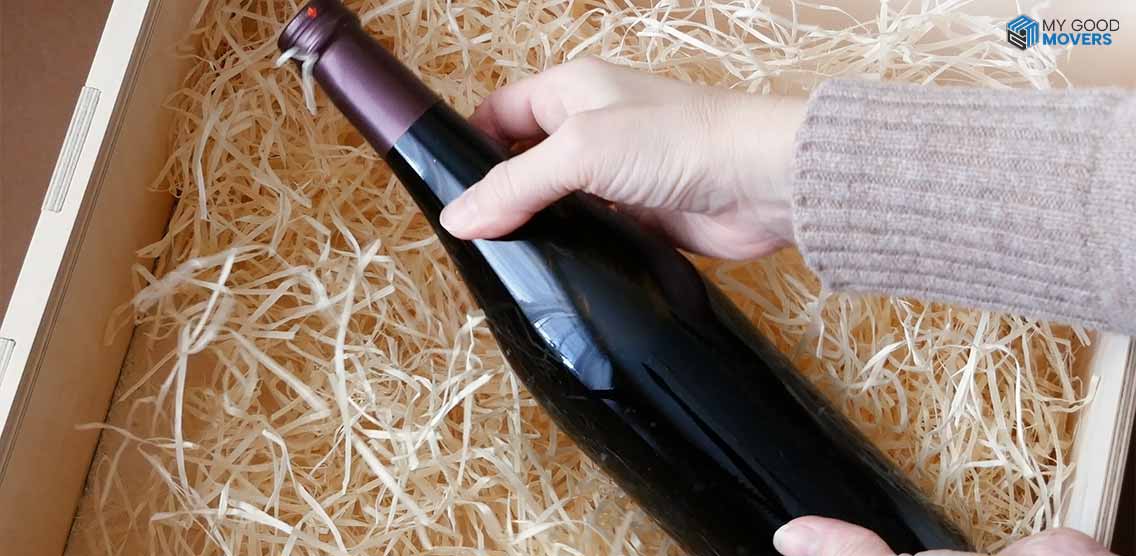

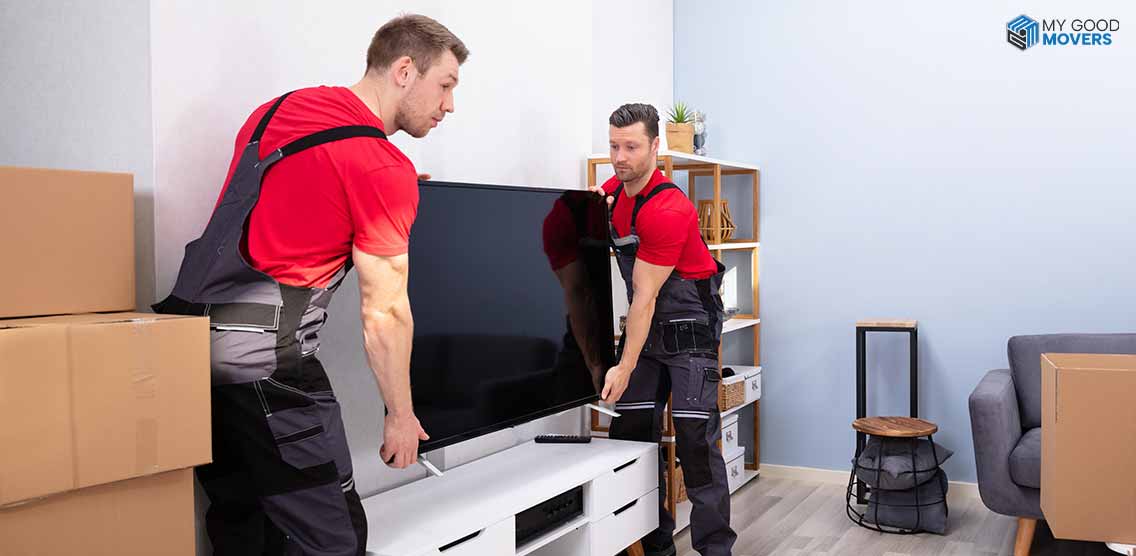











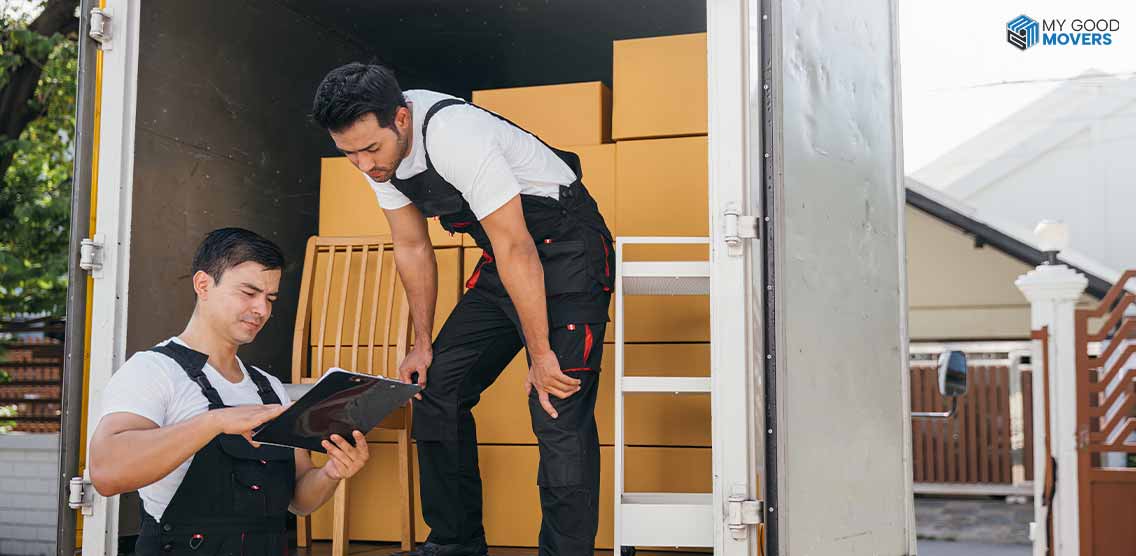

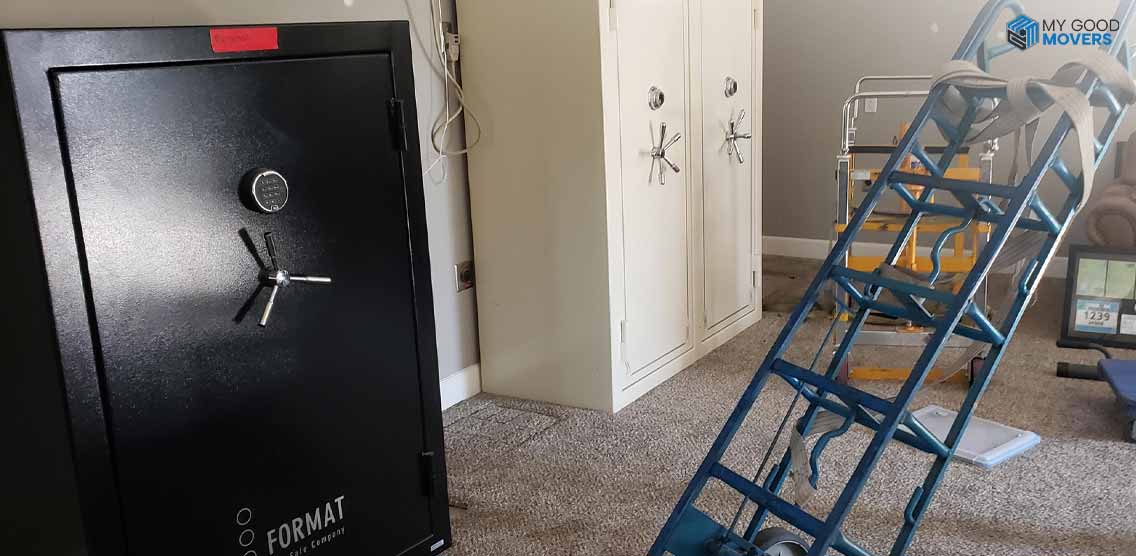









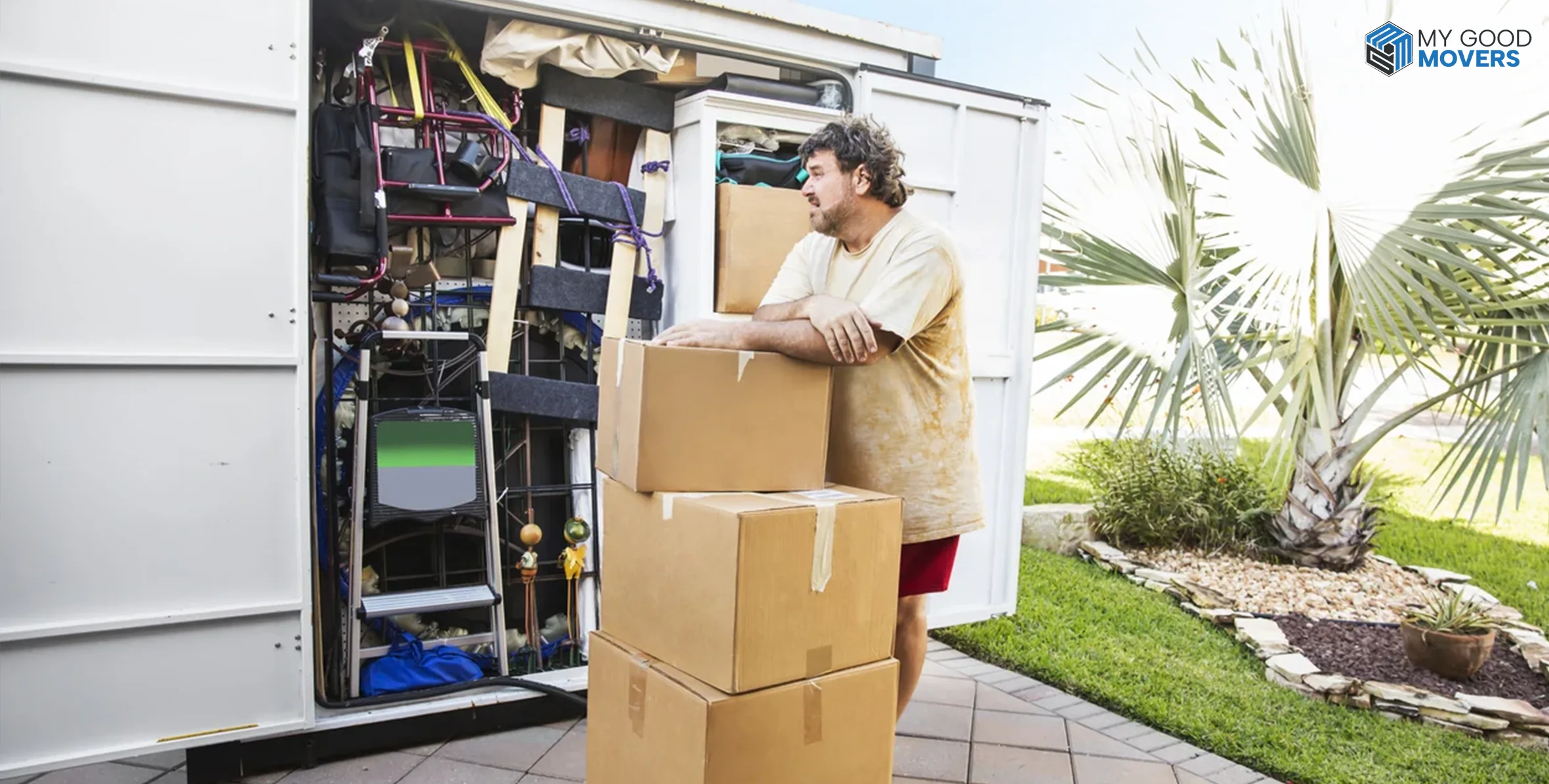
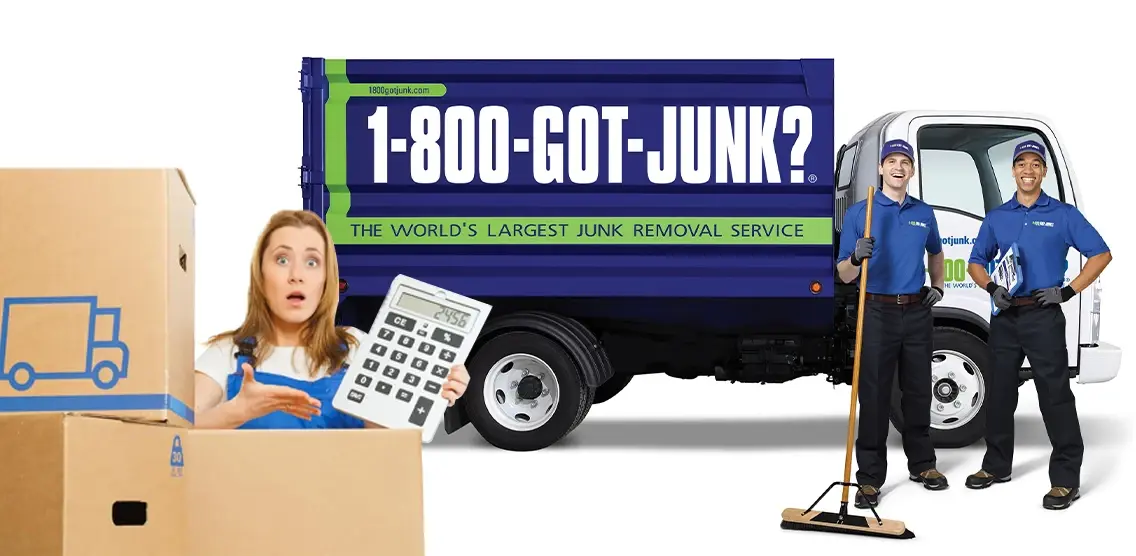
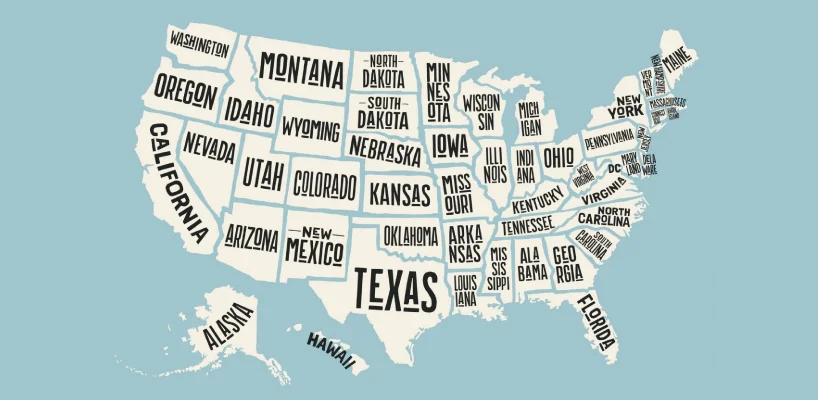






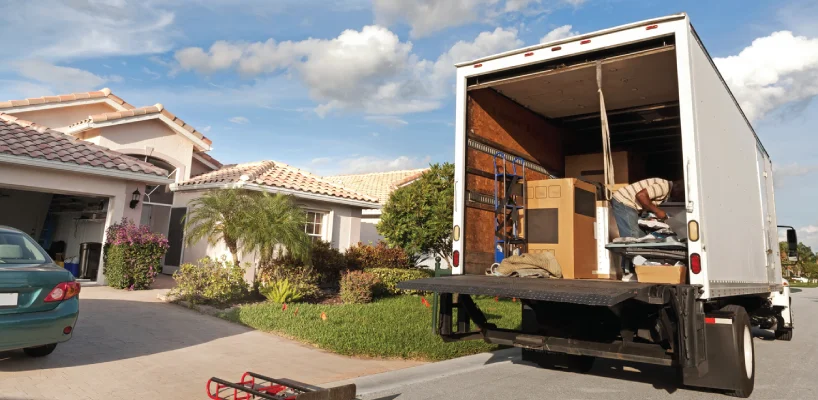




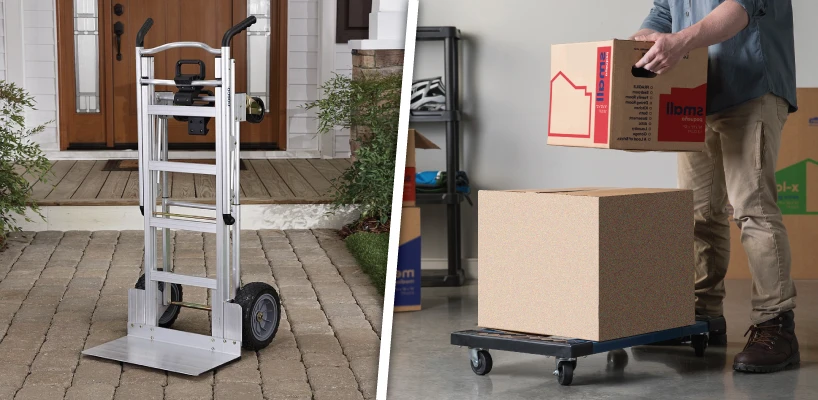
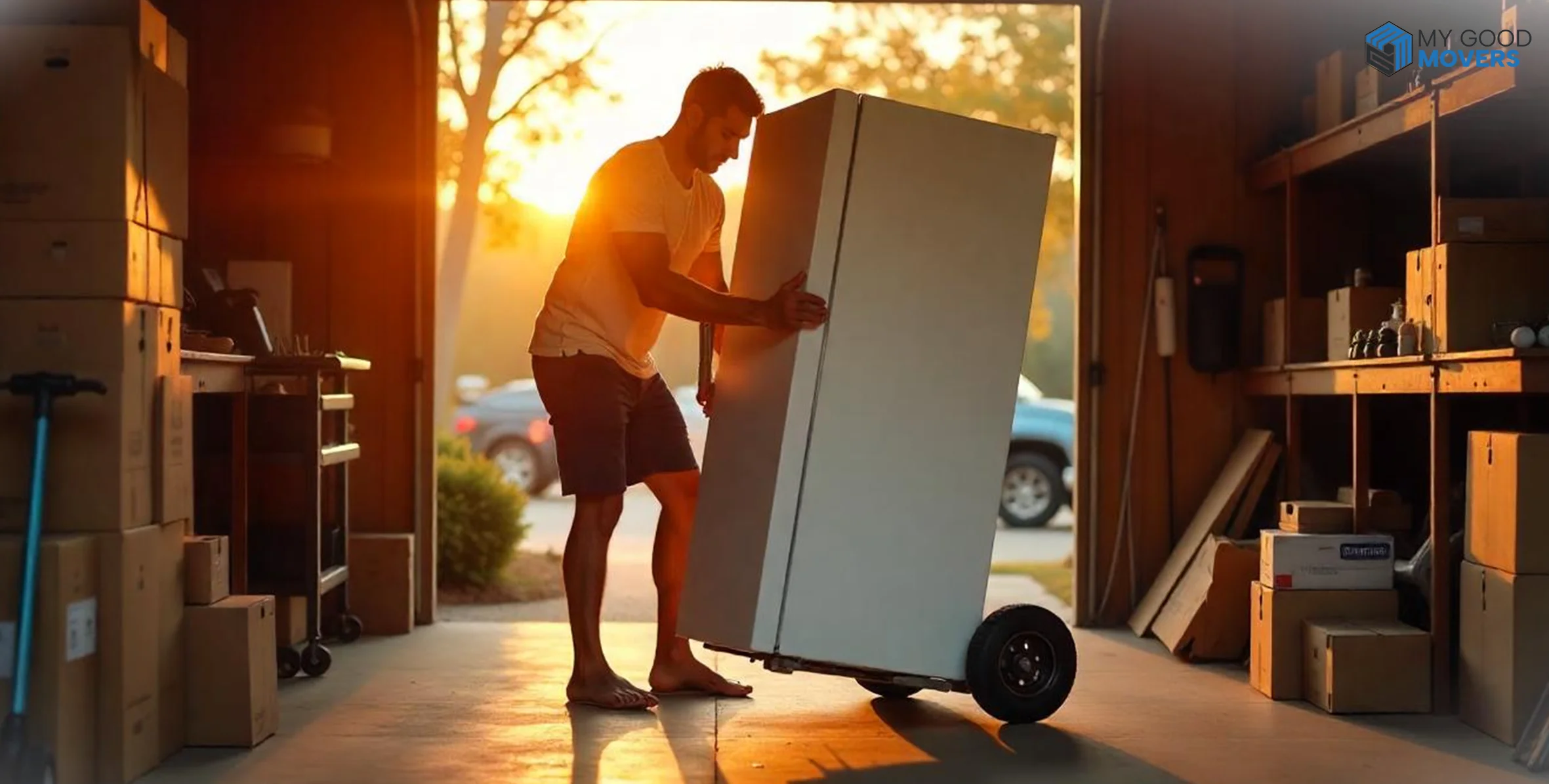
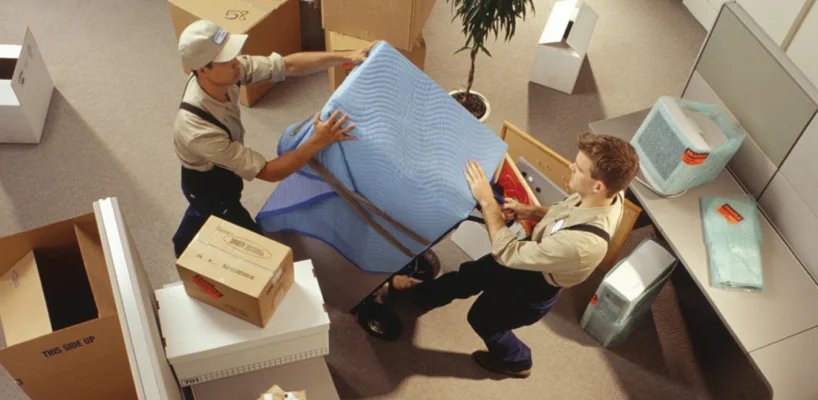


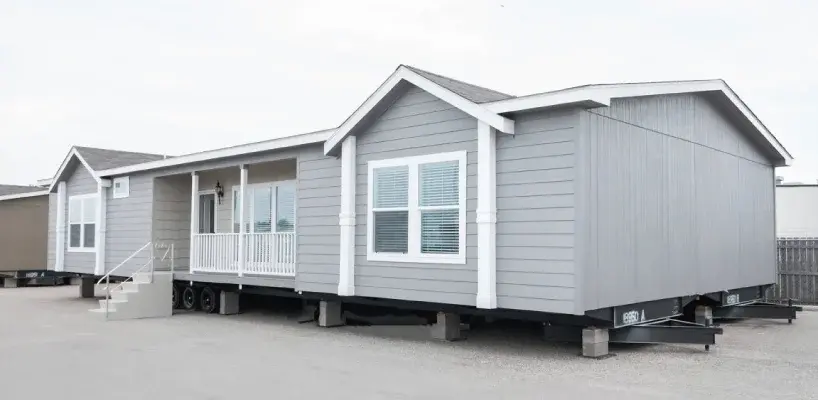


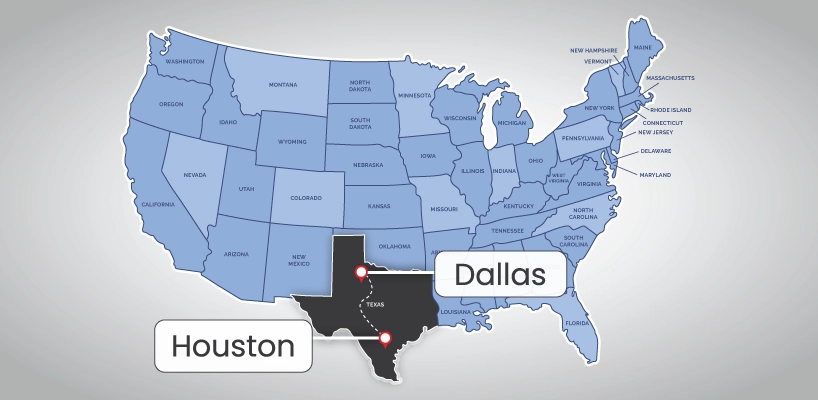


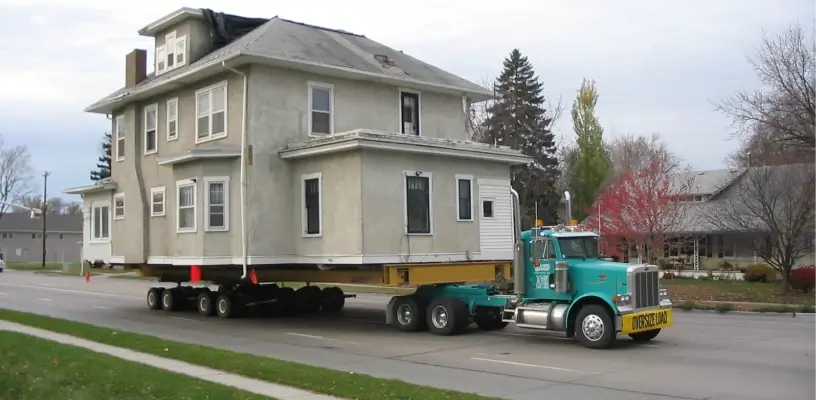
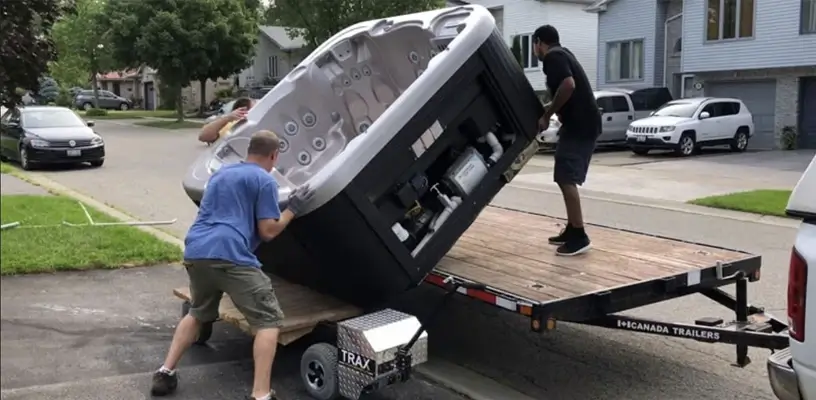




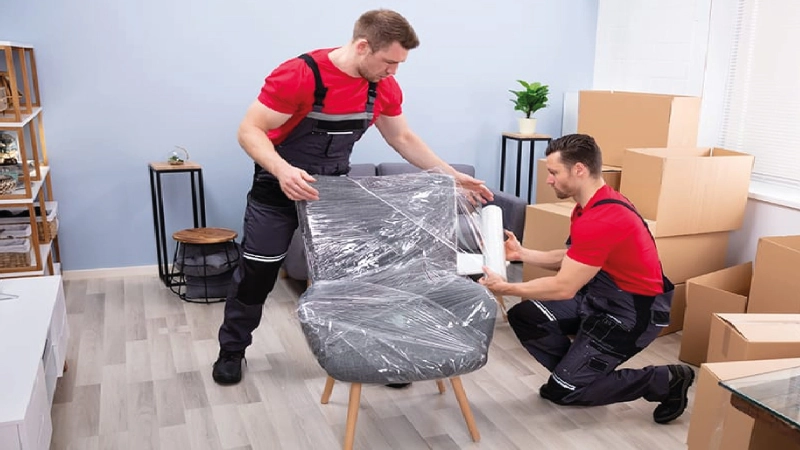

 (239) 799–6077
(239) 799–6077